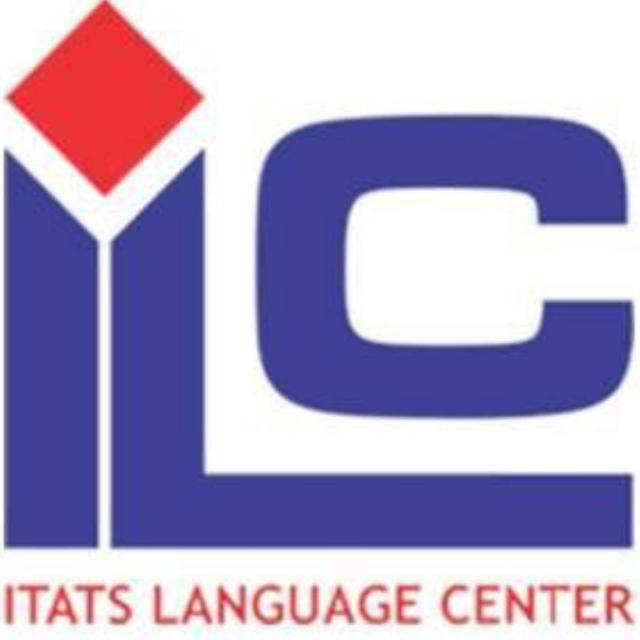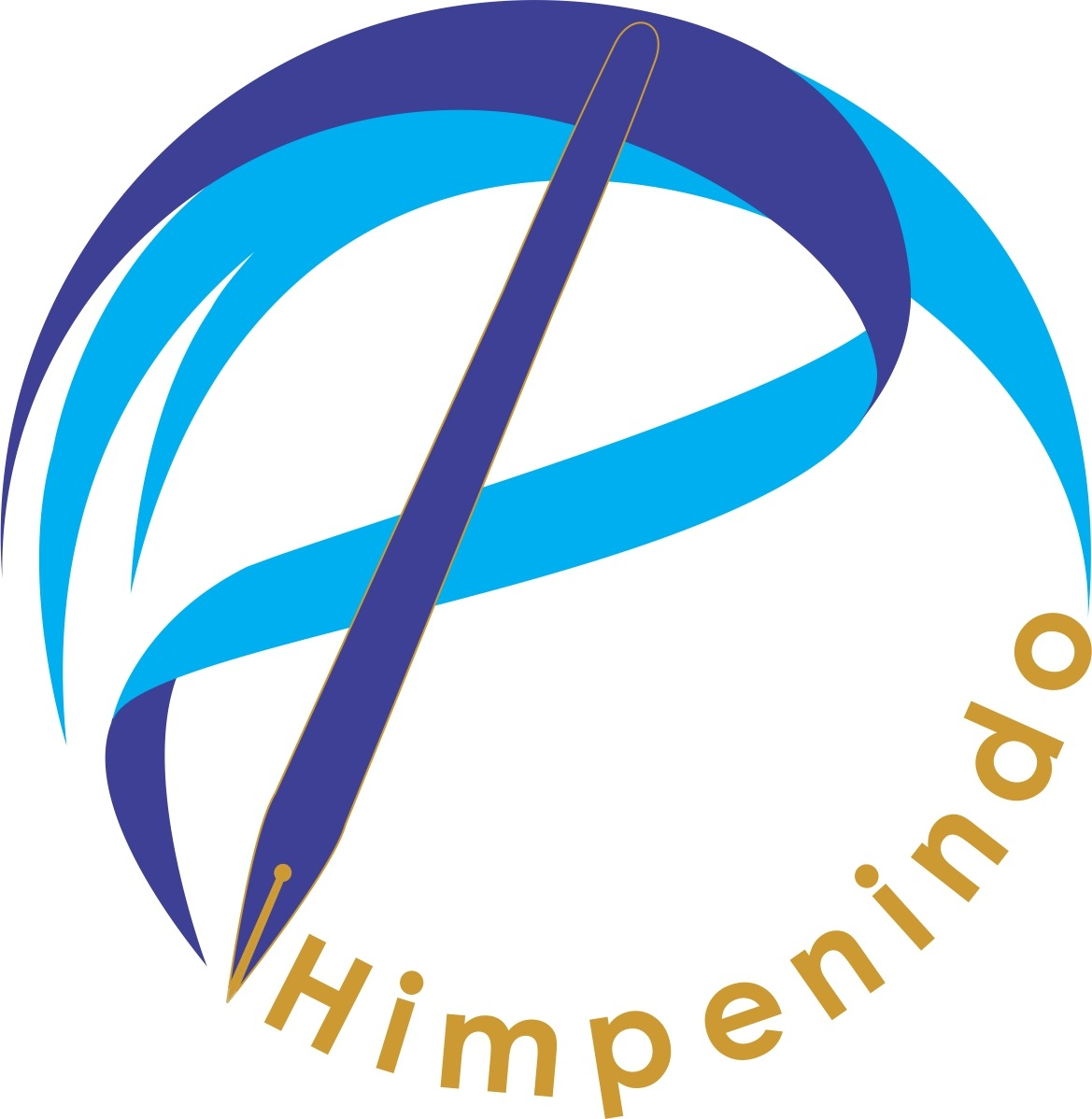Transient Response Performance Test on Aftermarket Motorcycle Rear Suspension in Indonesia
Abstract
Full Text:
PDFReferences
K. Wolford, “AMECA Automotive Wheel and Suspension Components Certification.” Automotive Manufacturers Equipment Compliance Agency, Inc., Sep. 11, 2019.
D. A. Patriawan, H. Irawan, A. Noerpamoengkas, B. Setyono, and A. Y. Ismail, “Definition, criteria and approaches in designing suspension system with active controls,” IOP Conf. Ser. Mater. Sci. Eng., vol. 1010, p. 012006, Jan. 2021, doi: 10.1088/1757-899X/1010/1/012006.
B. L. J. Gysen, J. J. H. Paulides, J. L. G. Janssen, and E. A. Lomonova, “Active Electromagnetic Suspension System for Improved Vehicle Dynamics,” IEEE Trans. Veh. Technol., vol. 59, no. 3, pp. 1156–1163, Mar. 2010, doi: 10.1109/TVT.2009.2038706.
M. Omar, M. M. El-kassaby, and W. Abdelghaffar, “A universal suspension test rig for electrohydraulic active and passive automotive suspension system,” Alex. Eng. J., vol. 56, no. 4, pp. 359–370, Dec. 2017, doi: 10.1016/j.aej.2017.01.024.
B. Liu, L. Xu, Z. Zhao, M. A. A. Abdelkareem, J. Zou, and J. Yu, “Modeling and Simulation of a Displacement Controllable Active Suspension System,” in Volume 3: 20th International Conference on Advanced Vehicle Technologies; 15th International Conference on Design Education, Quebec City, Quebec, Canada, Aug. 2018, p. V003T01A018. doi: 10.1115/DETC2018-85741.
E. Alvarez-Sánchez, “A Quarter-Car Suspension System: Car Body Mass Estimator and Sliding Mode Control,” Procedia Technol., vol. 7, pp. 208–214, 2013, doi: 10.1016/j.protcy.2013.04.026.
D. A. Patriawan, E. W. R. Widodo, and I. Hariyanto, “PEMODELAN SUSPENSI AKTIF DENGAN ELEKTROMAGNET UNTUK MENGHASILKAN KENYAMANAN DAN MANUVER YANG LEBIH BAIK DALAM BERKENDARA,” p. 6, 2015.
L. M. Jugulkar, S. Singh, and S. M. Sawant, “Analysis of suspension with variable stiffness and variable damping force for automotive applications,” Adv. Mech. Eng., vol. 8, no. 5, p. 168781401664863, May 2016, doi: 10.1177/1687814016648638.
M. Ö. Yatak and F. ?ahin, “Ride Comfort-Road Holding Trade-off Improvement of Full Vehicle Active Suspension System by Interval Type-2 Fuzzy Control,” Eng. Sci. Technol. Int. J., vol. 24, no. 1, pp. 259–270, Feb. 2021, doi: 10.1016/j.jestch.2020.10.006.
A. J. Nieto, A. L. Morales, J. M. Chicharro, and P. Pintado, “An adaptive pneumatic suspension system for improving ride comfort and handling,” J. Vib. Control, vol. 22, no. 6, pp. 1492–1503, Apr. 2016, doi: 10.1177/1077546314539717.
H. Qi, Y. Chen, N. Zhang, B. Zhang, D. Wang, and B. Tan, “Improvement of both handling stability and ride comfort of a vehicle via coupled hydraulically interconnected suspension and electronic controlled air spring,” Proc. Inst. Mech. Eng. Part J. Automob. Eng., vol. 234, no. 2–3, pp. 552–571, Feb. 2020, doi: 10.1177/0954407019856538.
B. Zhang, C. A. Tan, and T. Dai, “Ride comfort and energy dissipation of vehicle suspension system under non-stationary random road excitation,” J. Sound Vib., vol. 511, p. 116347, Oct. 2021, doi: 10.1016/j.jsv.2021.116347
DOI: https://doi.org/10.31284/j.jmesi.2021.v1i2.2297
Refbacks
- There are currently no refbacks.

This work is licensed under a Creative Commons Attribution-NonCommercial 4.0 International License.
Published by:
Mechanical Engineering Department - Institut Teknologi Adhi Tama Surabaya
Editorial Address
Journal of Mechanical Engineering, Science, and Innovation is licensed under CC BY-NC 4.0









